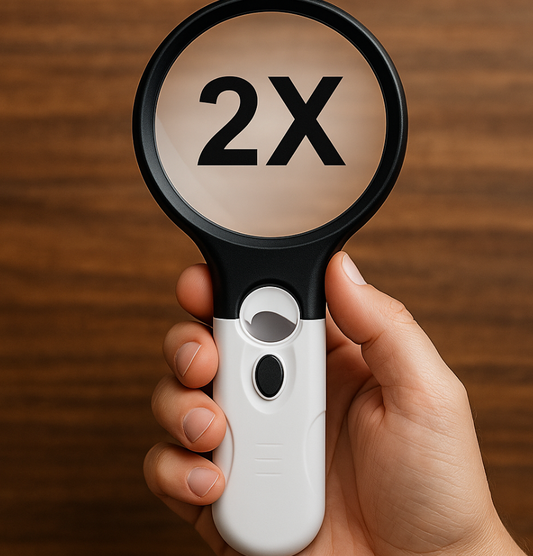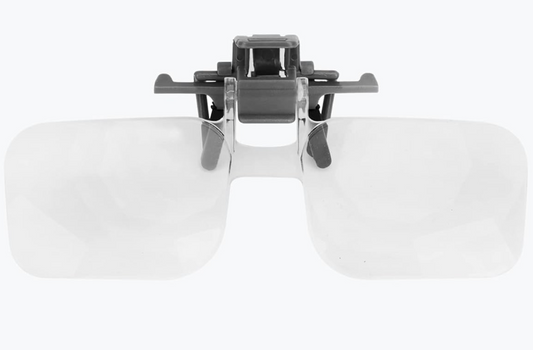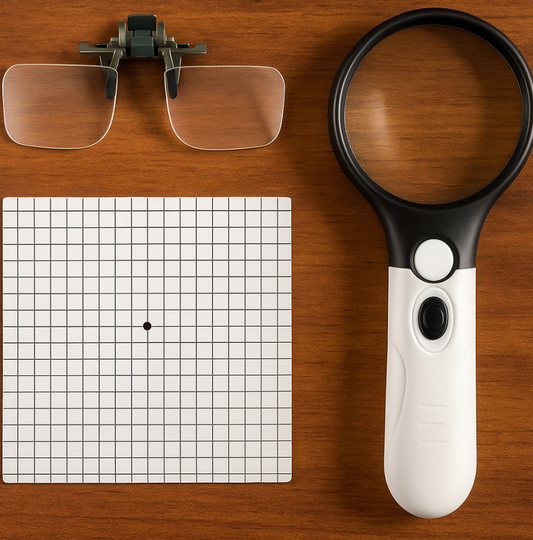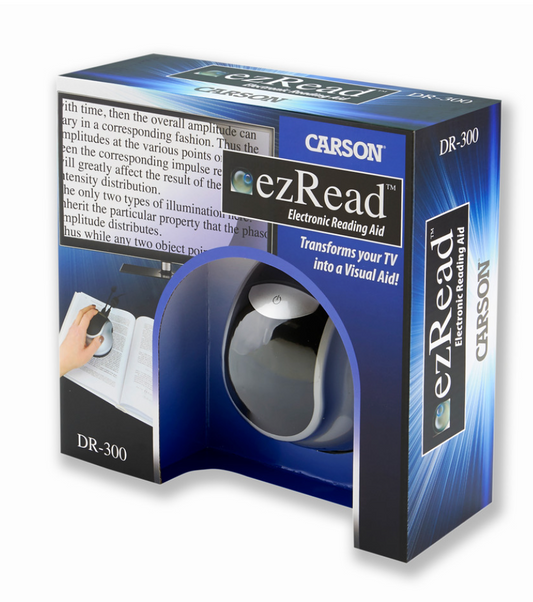Cheater Readers or Prescription Readers?
Share
Over-the-counter (OTC) readers and prescription readers are both options for addressing age-related vision changes, such as presbyopia, but they differ significantly in quality, customization, and functionality.
Over-the-Counter Readers
OTC readers are readily available, inexpensive, and come in standard magnification levels (usually ranging from +1.00 to +4.00). These glasses are designed for temporary or occasional use and offer the same lens power in each eye, which works for some individuals with minor vision needs. They’re often used for quick reading tasks, like checking a menu or reading a label.
However, OTC readers come with limitations. They are “one-size-fits-all,” meaning they can’t address specific vision differences between each eye (anisometropia) or correct for astigmatism. Since they are mass-produced, their quality may vary, and the lenses may not be perfectly aligned to each user’s pupillary distance, which can lead to eye strain or headaches during prolonged use.
Prescription Readers
Prescription readers, on the other hand, are custom-made based on an eye exam and tailored precisely to a person’s unique prescription. Unlike OTC readers, prescription lenses can correct individual differences in each eye, including astigmatism, and are crafted to match the user’s specific pupillary distance, ensuring optimal clarity and comfort.
Prescription readers can also include specialized coatings to enhance eye comfort and protection. Anti-reflective coatings reduce glare, particularly useful for computer work or reading under bright lights. Blue light filtering options are available to minimize eye strain from digital screens, and UV coatings protect against sun damage. For those sensitive to light, photochromic lenses that darken in sunlight provide additional comfort and adaptability.
Choosing the Right Option
While OTC readers can be convenient and affordable for short-term use, prescription readers are ideal for those who require precise vision correction or plan to use their glasses regularly. In low vision patients they tend to offer superior vision to OTC readers - every letter of additional clarity counts more in these patients. Tailored to individual needs and available with various coatings, prescription readers offer a level of comfort and protection that’s hard to match, making them an investment in long-term eye health and visual clarity.



